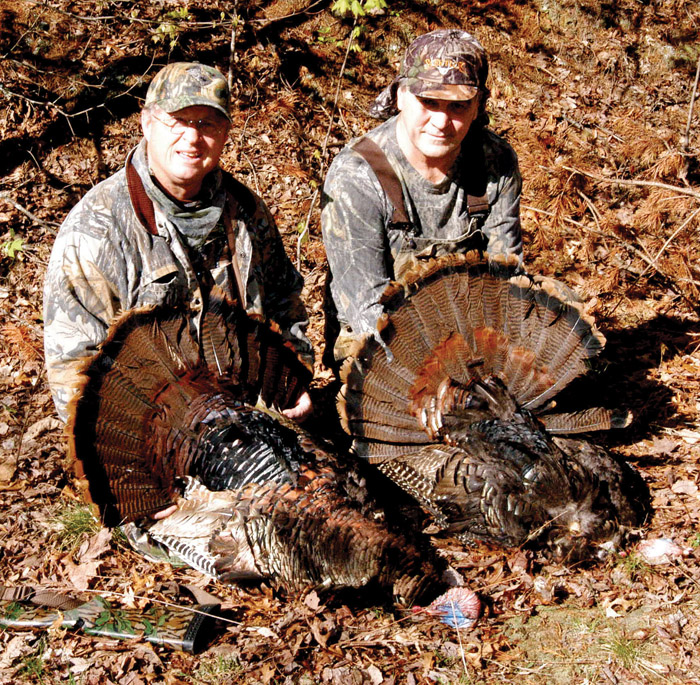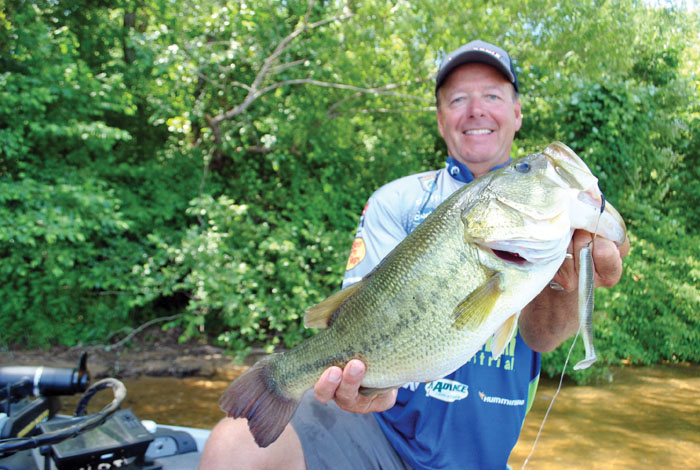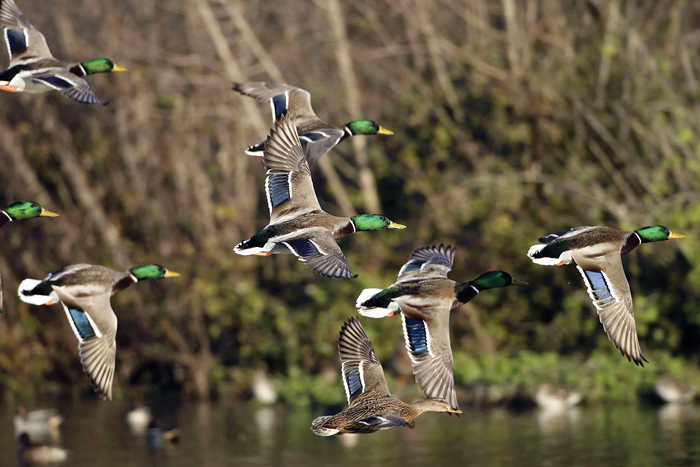Capt. Gus: Crappie fun to catch
Published 12:00 am Thursday, March 17, 2011
By Capt. Gus Gustafson
For the Salisbury Post
Spring is almost here and most crappie fishermen are catching limits on area lakes.
The popularity of this pan fish does not come from its ability to jump and tug when hooked.
In fact, it doesn’t pull nearly as hard as a feisty white perch, but when battered and fried it tastes finer than a sizzling filet mignon.
Crappies, also known as speckled perch in some parts of the Piedmont area of North Carolina, are fun and relatively easy to catch. Now is the time to catch them spawning in shallow water. Most are taken on small jigs or live crappie minnows.
When spawning is complete, crappies move off the banks to bridge pilings, boathouses and submerged brush piles. While most are taken during the day, they are known to feed actively after dark.
Night fishermen use lanterns and fluorescent lights to attract bait fish, which in turn, draw crappies and other predator fish. Green glow lights, floated on the surface or suspended below, work well.
The battery operated lights are available in lengths from 12 to 48 inches. Not only do they attract fish, but also serve to illuminate the fishing area and make it easier to tie and bait hooks on an otherwise dark lake.
During the day, brush piles, docks, piers and boathouses afford shade, cover and protection that crappie require.
Anglers pitch their jigs around entrances to boat houses and under boat docks. If they are lucky enough to cast inside a boathouse, that’s better yet.
Knowing that crappies are attracted to brush piles, serious fishermen sink Christmas trees and other woody debris under the cover of darkness.
Then, they will only fish these so called “secret holes” when the area is void of other crappie fishermen. Christmas trees are popular, but they deteriorate more quickly than limbs of hardwood tress and must be replenished yearly.
Small reels on long fiberglass fishing rods have all but replaced the once popular cane pole. Either will catch crappies when used with light line, an adjustable float and a tiny jig or minnow.
A lightweight closed faced spinning outfit is also effective when fishing under boat docks and near submerged brush.
The key to catching crappies is to fish “gently.” Move the bait ever so slowly, give the fish plenty of time to nibble, and play it carefully to the boat. The larger the crappie, the more likely its body weight will cause the small hook to pull from its soft mouth.
The creel limit on Lake Norman for crappies is 20 per angler per day, with an 8-inch minimum size limit. Crappies can grow to 8 inches within the first year. After that, the gain (length) slows to about 1 inch per year.
Large crappie (12 inches or more) are known as “slabs.” Slabs are prized by fishermen who enjoy eating their flilets.
Crappie fishing is a great family sport and a culinary delight. Give it a try!
Tips from Capt. Gus
Experiment with different colors and types of jig tails to lure crappies. At times, they prefer twister tails over tubes, or jigs dressed with Malibu hair. When all else fails, use a plain jig-head tipped with a live minnow.




